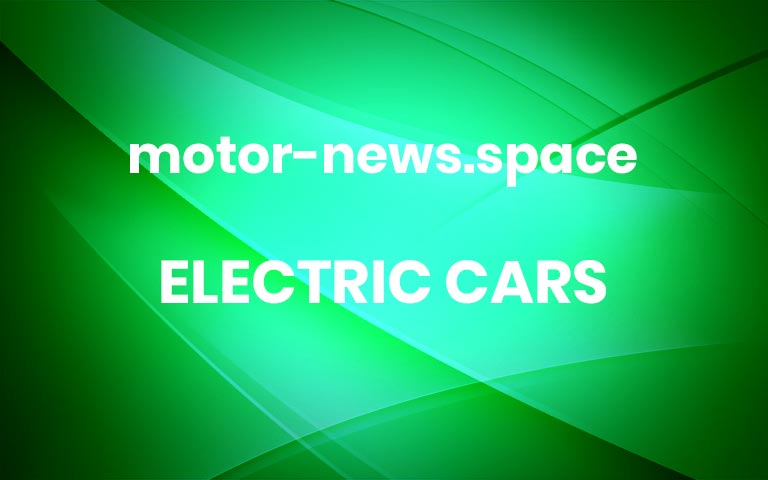New Tata Tiago Electric Launch Confirmed On World EV Day 2022
Tata Motors has chalked out an aggressive EV strategy and has already revealed its 3rd gen electric platform AVINYA2022 Tata Tiago ElectricLooking to strengthen its presence in EV segment, Tata Motors has planned to launch at least 10 new EVs in the coming years. They are currently the leading EV makers in India, with a market share of 88%. On the 2022 World EV Day, Tata Motors has confirmed the launch of a new EV – Tiago Electric.Upon launch, it will be the most affordable electric car from Tata Motors, sitting below the Tigor EV and Nexon EV in the company lineup. It is likely to get a similar battery pack as seen on the existing Tigor EV.New Tata Tiago Electric LaunchIn its current form, Tigor EV is offered with a 26 kWh battery pack. Nexon EV fares slightly better with a 30.2 kWh battery pack. Certified range is 306 km for Tigor EV and 312 km for Nexon EV. Tata Tiago Electric range is also expected to be about 300 kms on a full charge.Tigor and Nexon EV utilize the Ziptron platform, which comprises liquid cooling tech, IP67 rated battery pack and highly efficient permanent magnet synchronous motor. The cars have advanced electronics that ensure optimal efficiency and performance across varying temperatures. Upcoming Tata Tiago electric will also get similar features.[embedded content][embedded content]Onboard Tigor EV, the powertrain generates 74 bhp of max power and 170 Nm of peak torque. Nexon EV numbers are higher at 127 bhp and 245 Nm. Power and torque output of Tiago EV could be similar to Tigor. It is likely to deliver more range than Tigor, as it is smaller in size. There are unlikely to be any major changes to the styling and features of Tiago Electric. It will get similar styling as we have seen on existing Tata electric cars.Tata Tiago EV Launch PlansWill Tata Tiago Electric also get a long range version like Nexon EV Max? Well, it may not be feasible to equip the long-range version with the new Tiago electric. But if demand is there, Tata Motors may launch a long range version as well. Range of an EV can depend on various factors such as driver skills, outside temperature, traffic conditions, use of AC, etc. With the long-range versions of EVs, users can expect a higher true range.Tigor EV and Nexon EV are currently one of the most affordable electric cars in the country. This is a major factor that has made them popular. Soon, Tiago EV will be added to the list, and help boost EV sales of Tata Motors.Tigor EV current model is available at a starting price of Rs 12.49 lakh. Nexon EV prices start at Rs 14.99 lakh. Prices of the Tiago Electric could start from under Rs 12 lakh. Tata Motors has also got plans to launch Altroz Electric in the future. More


